You can tell a lot from a single corner when you review a car like the Lamborghini Urus Performante, even if it’s just testing it on a track.
It doesn’t even have to be at high speed. As is often the way with these things, the manufacturer - Lamborghini - gives the journalist a car and then sends them on some sighting laps of the circuit, following a pro driver in another car. Obviously, it’s slow to start off with but even then you can tell that the Urus Performante turns in incredibly well for a large SUV.
There is little pause, minimal body roll and incredible bite as the car rotates sharply into a bend.
Little wonder, when you learn of the engineering changes that have been wrought. This, then, is the hardcore Urus, designed to follow in the footsteps of cars like the Huracán Performante, albeit with an SUV starting point, and to take on the likes of the Aston Martin DBX 707 and Porsche Cayenne Turbo GT. The Italians have really thrown the engineering sink at it, with wholesale changes across the car to make it, in their words, a “super-sports car”.
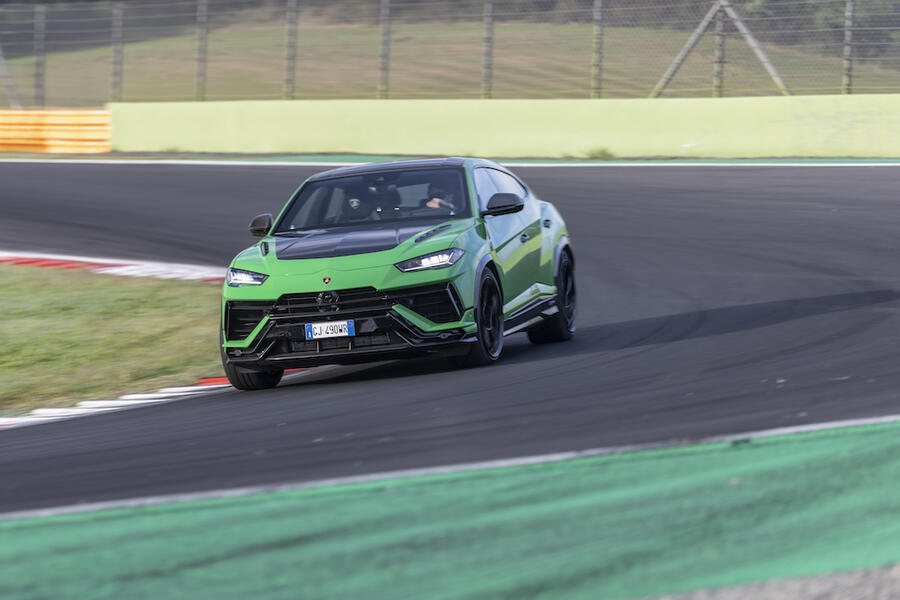
Power and torque are now 657bhp and 627lb ft, the same as the new ‘normal’ Urus S, with an identical 0-62mph time as the Porsche.
But the big news lies largely hidden. Get ready for this: the suspension is now a lighter set of steel springs, not air, and it rides 20mm lower; the torque vectoring is new; it has Pirelli Trofeo R tyres that have been specifically developed for the Performante; there’s a titanium exhaust; it's fitted with lighter alloys (along with the tyres, saving over 6kg in unsprung mass); a new Torsen central diff (both in hardware and configuration) can send more power to the rear; it has a new rear wing (and up to 38% more downforce); there's a rally mode – in an Urus; the front and rear tracks are 16mm wider; downshifts are quicker; it has Alcantara trim; and there's a carbonfibre bonnet and optionally a carbonfibre roof, to give the car the most carbonfibre of any in the segment, according to the Lamborghini. This has not been a small task.
With all the weight saving, the Performante is 47kg lighter than the normal one. It still weighs 2.1 tonnes, so it won’t be called to the front of the Weight Watchers class, but still, it’s heading in the right direction.
As an aside, it’s interesting to see the divergence in Urus Performante and Cayenne Turbo GT. While both are on the same MLB-Evo platform, there are some differences between the two at these upper echelons of their ranges. The Cayenne keeps air suspension and rides on Pirelli P Zero Corsa tyres, while the carbon roof is standard. Still, the Cayenne's diet isn’t as harsh overall, because it weighs in at 2220kg.

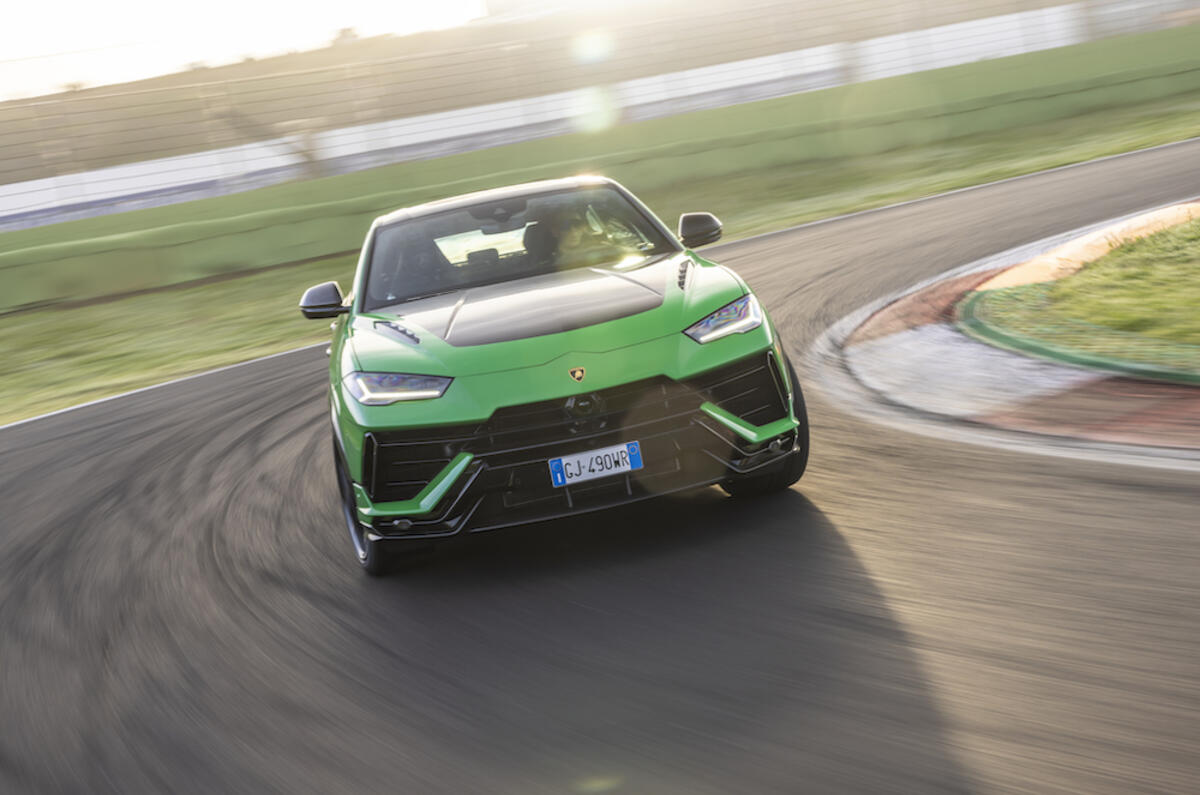
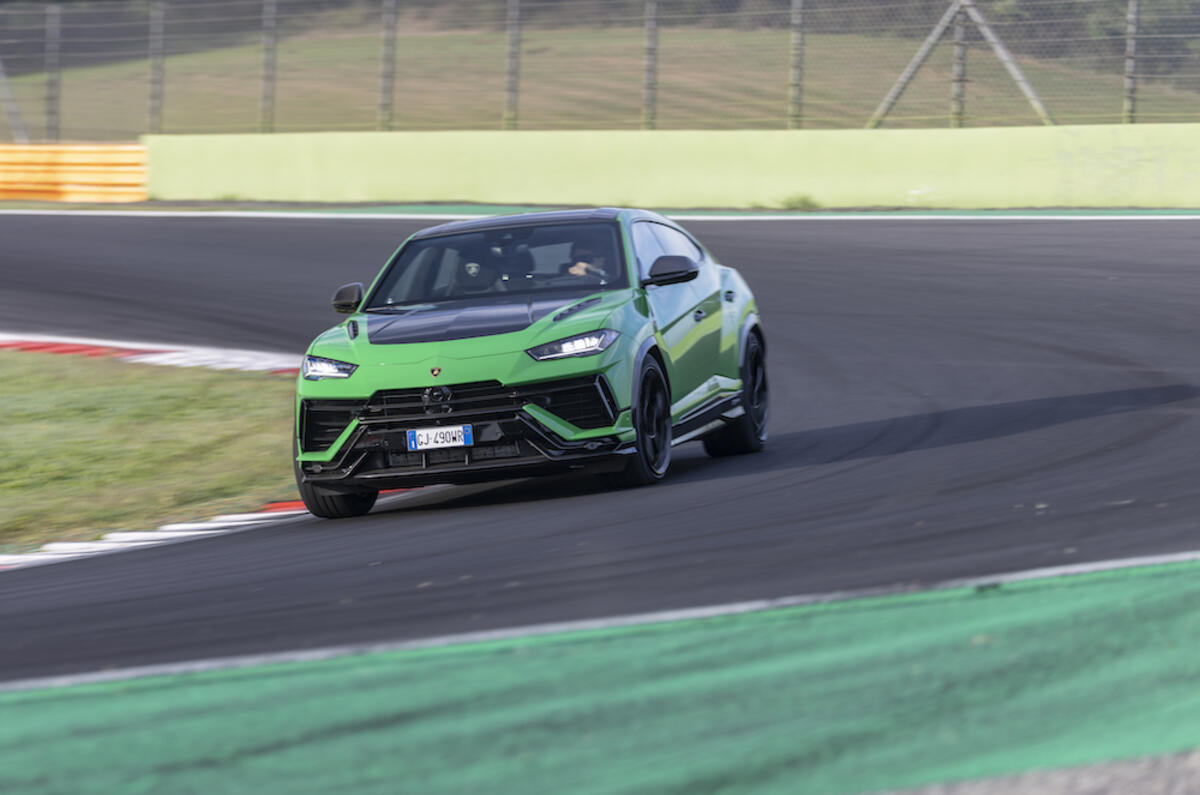
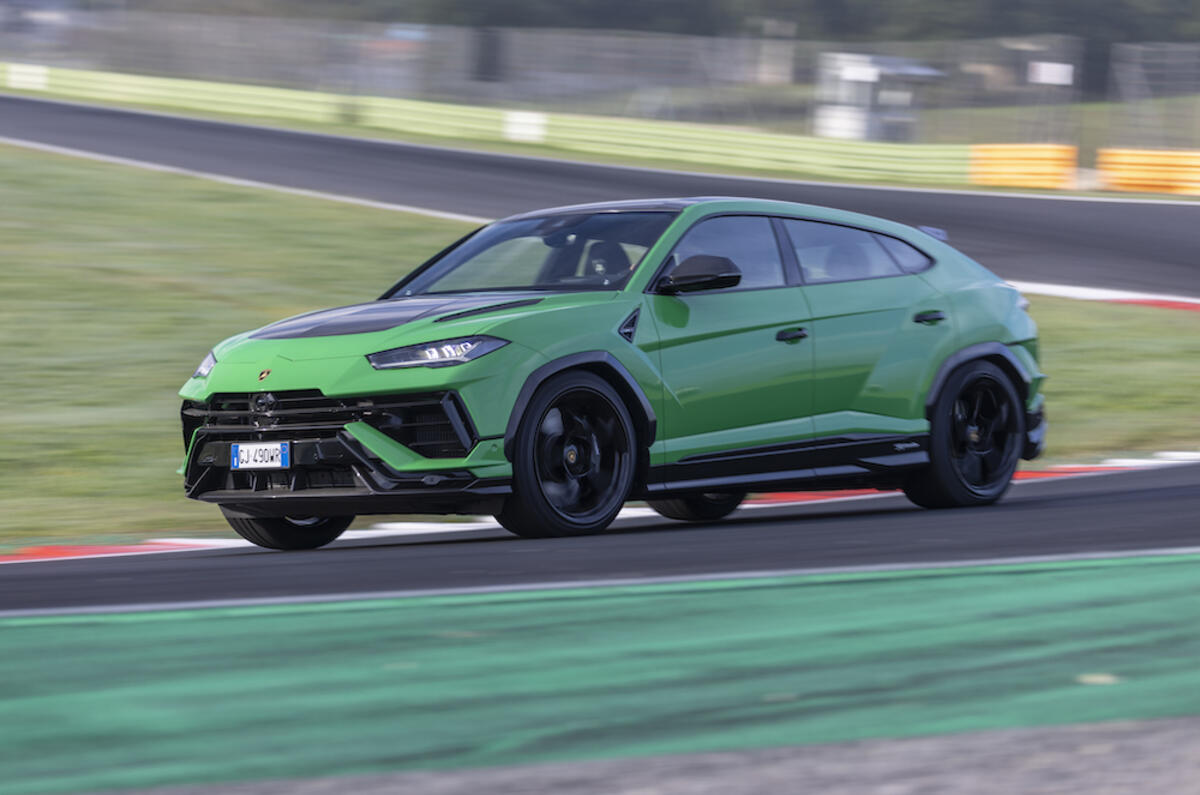
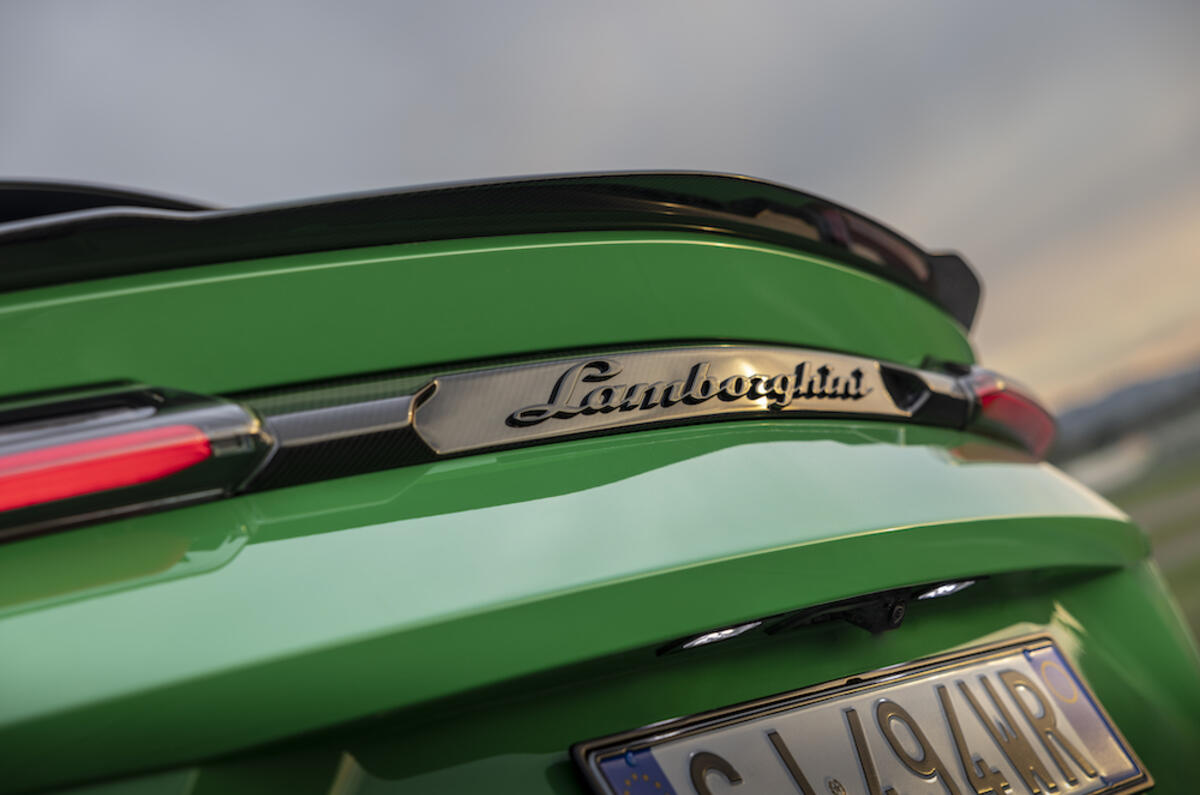
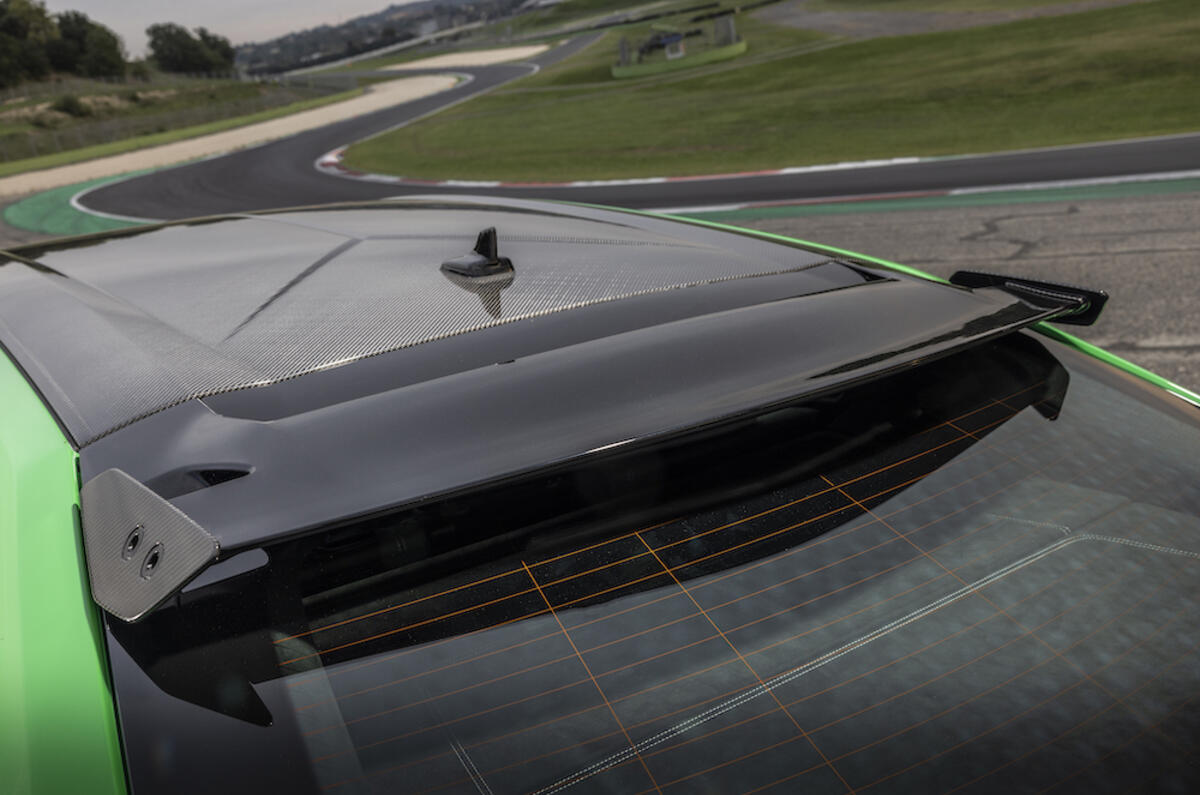
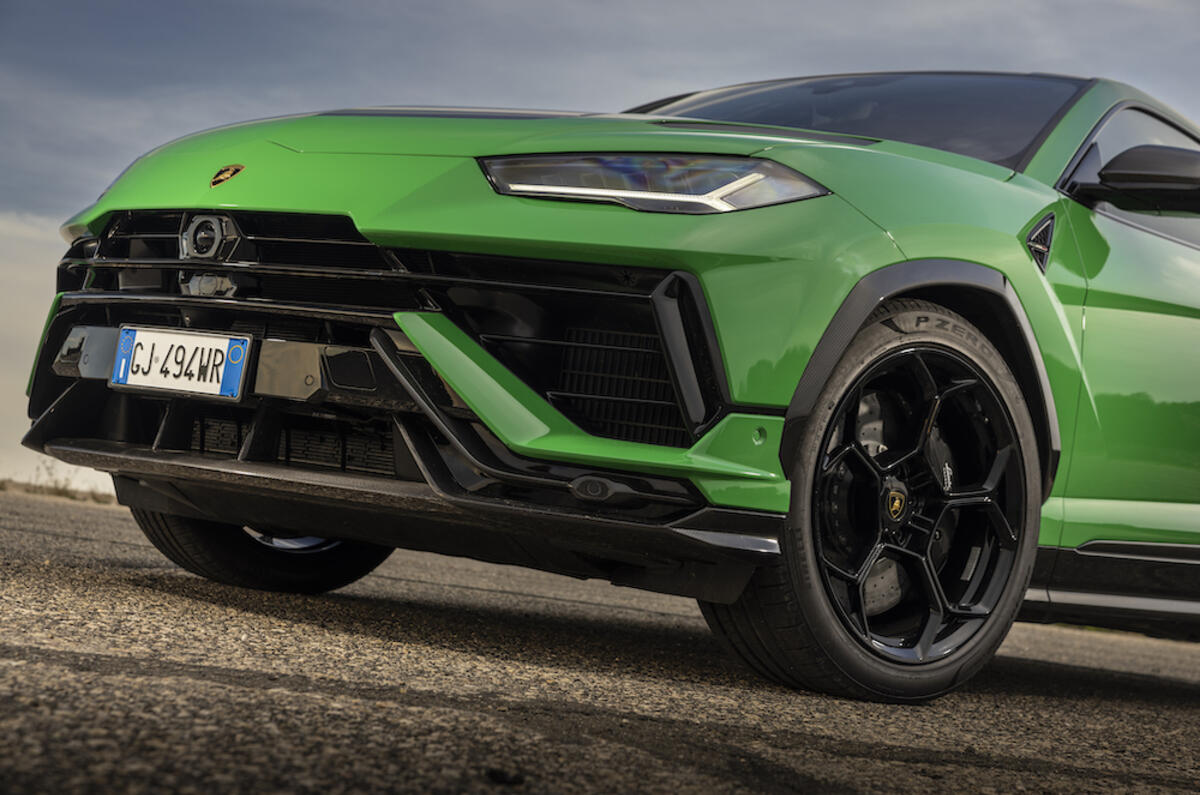
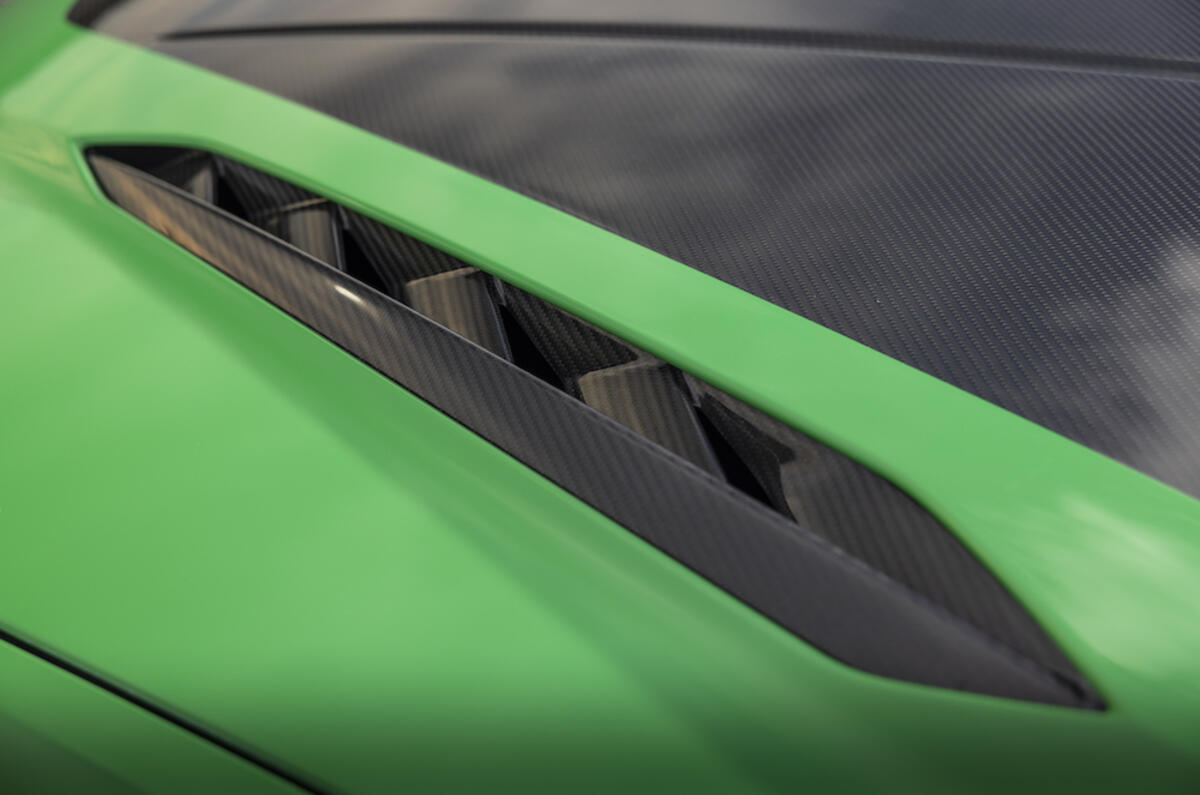
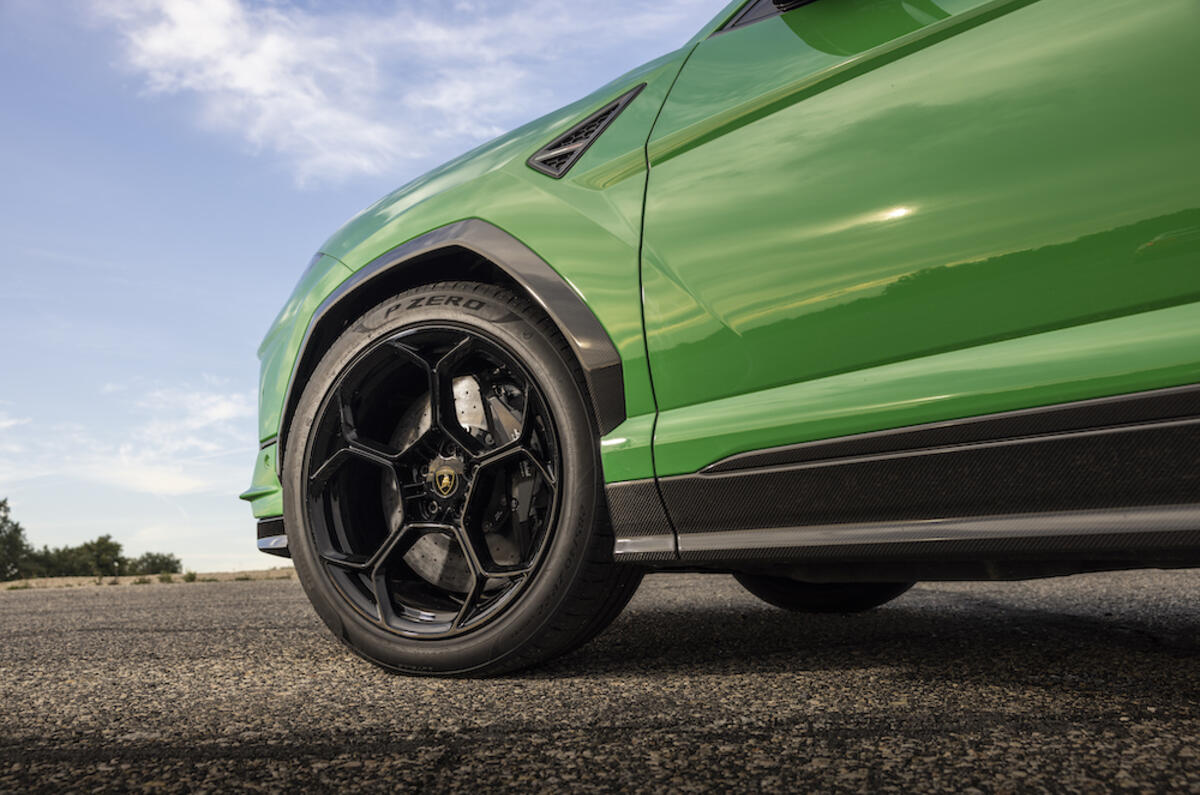
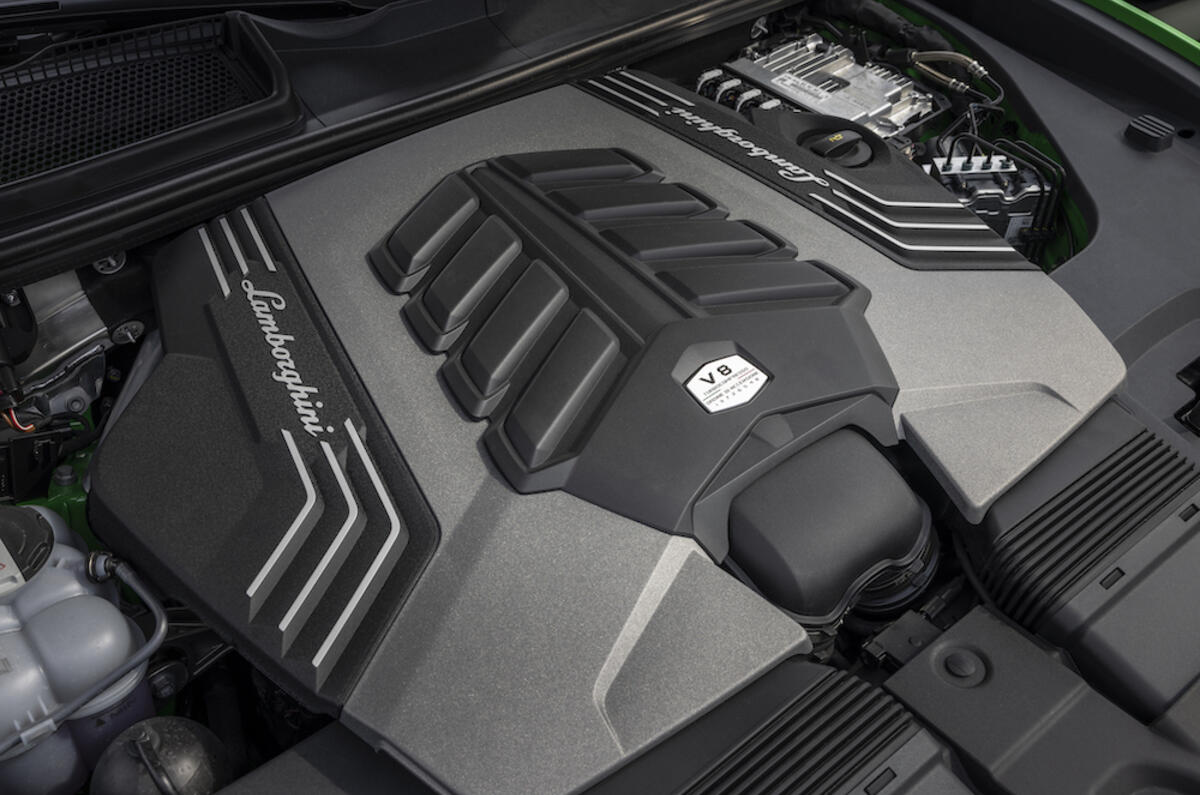
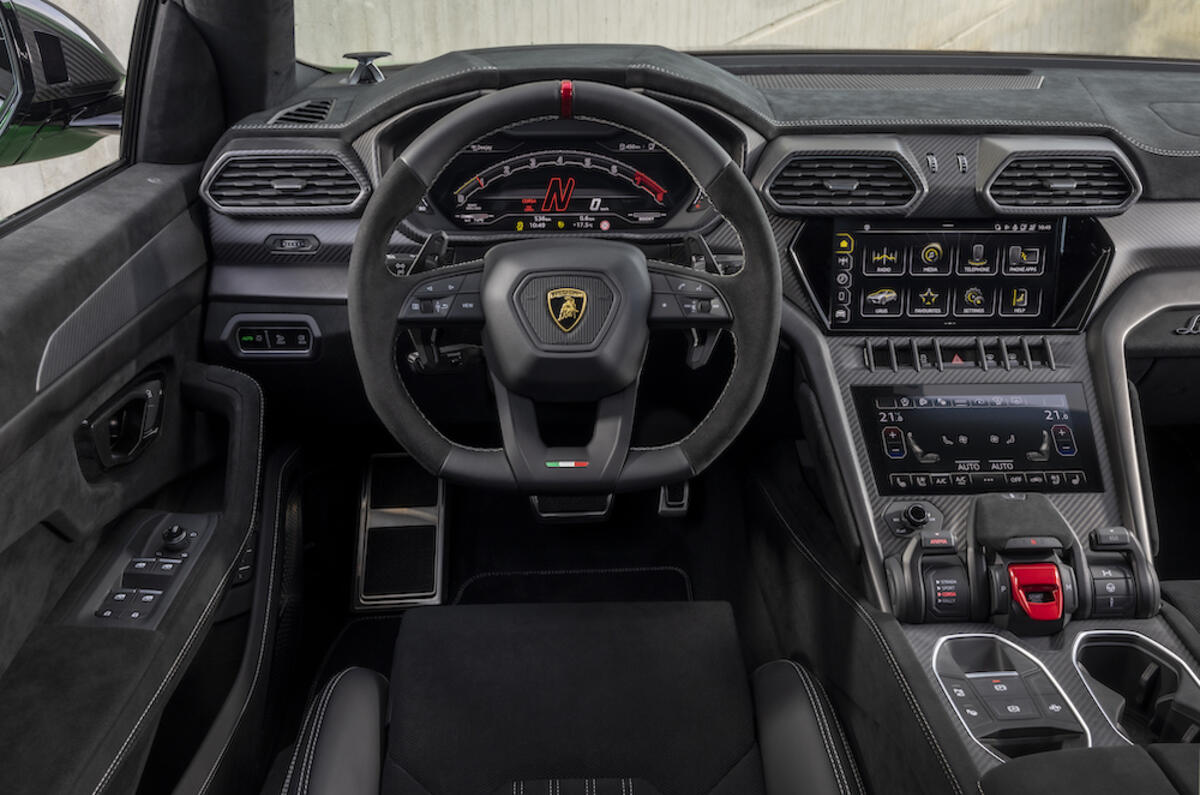
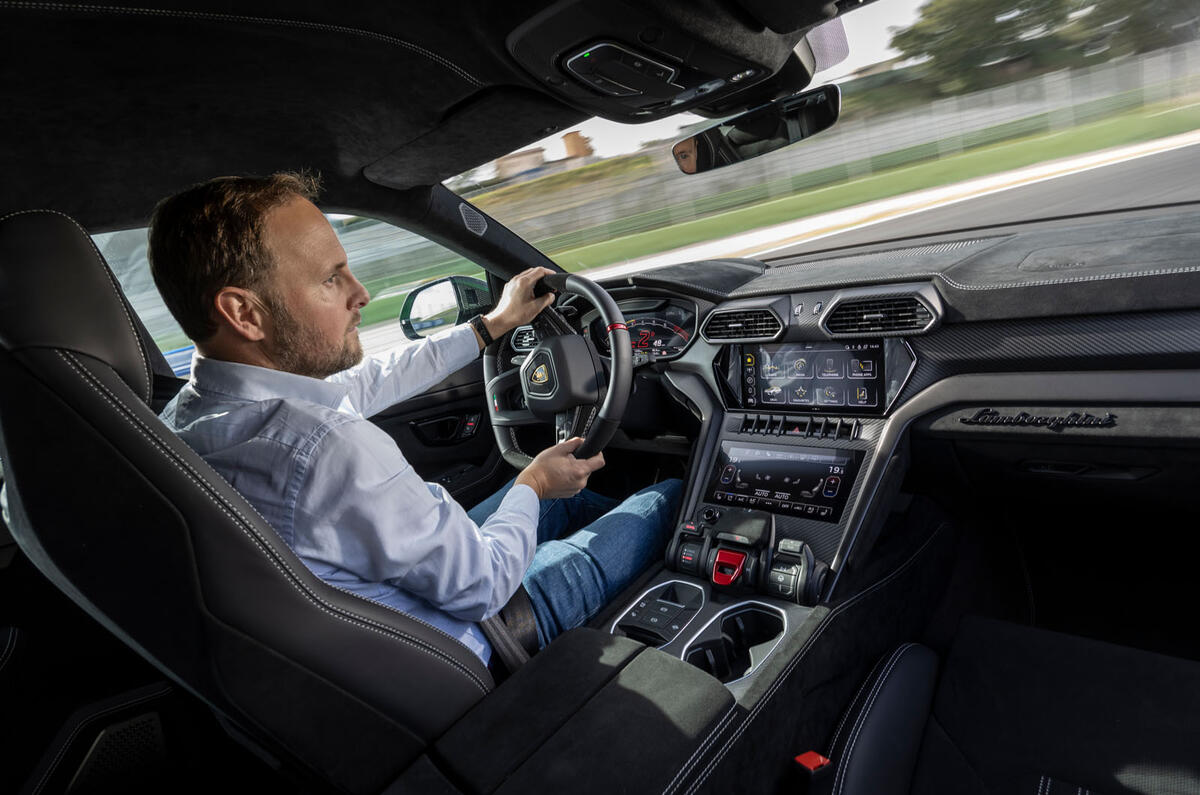
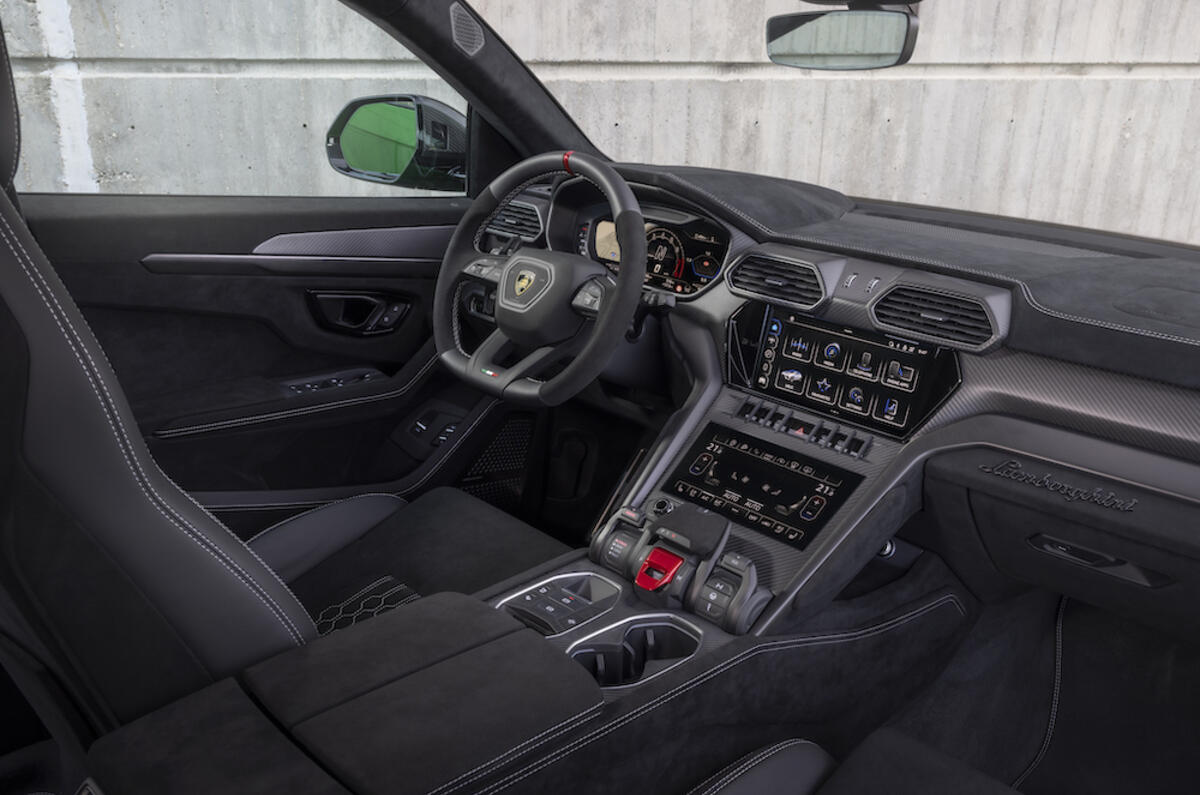
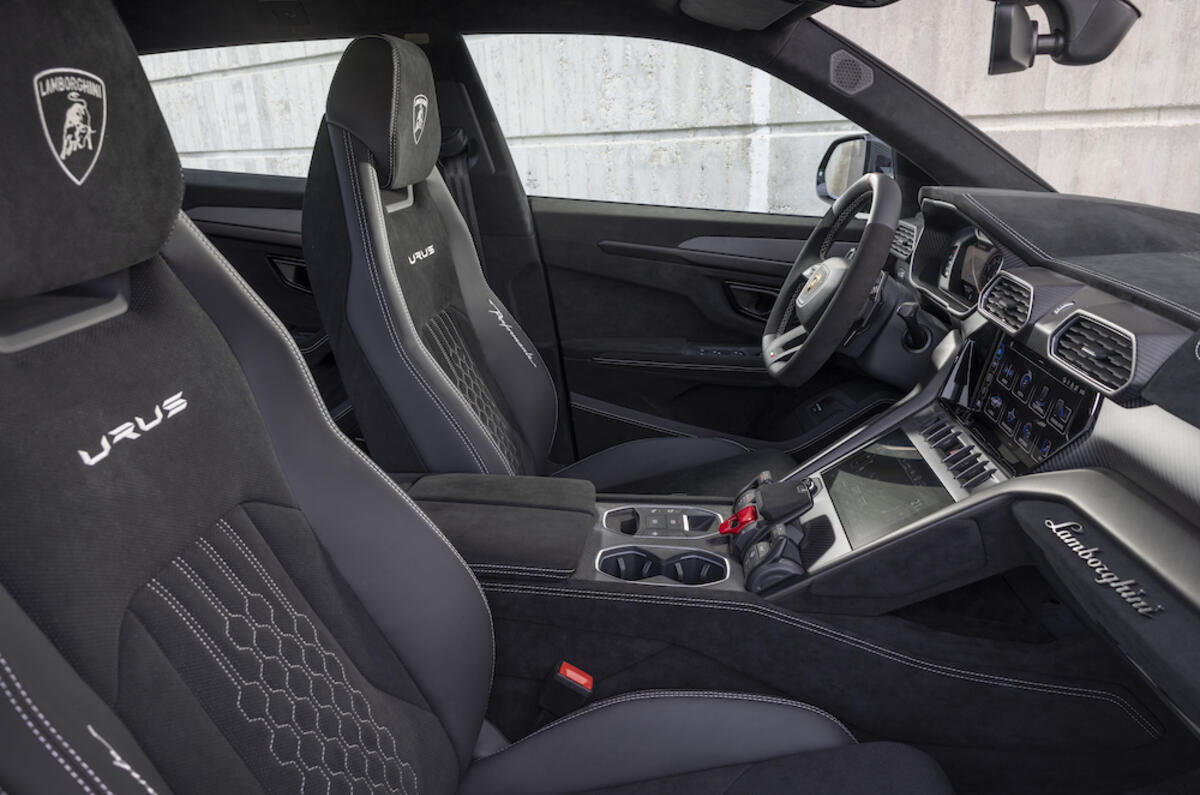
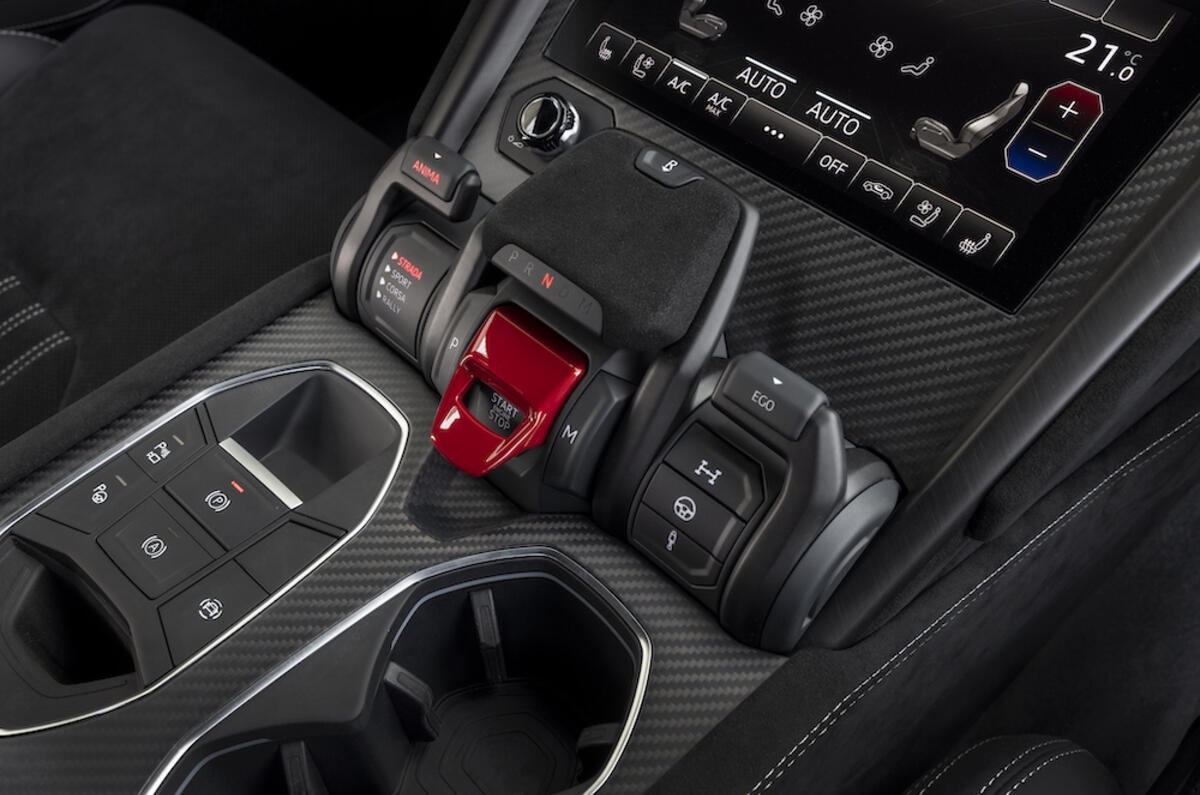
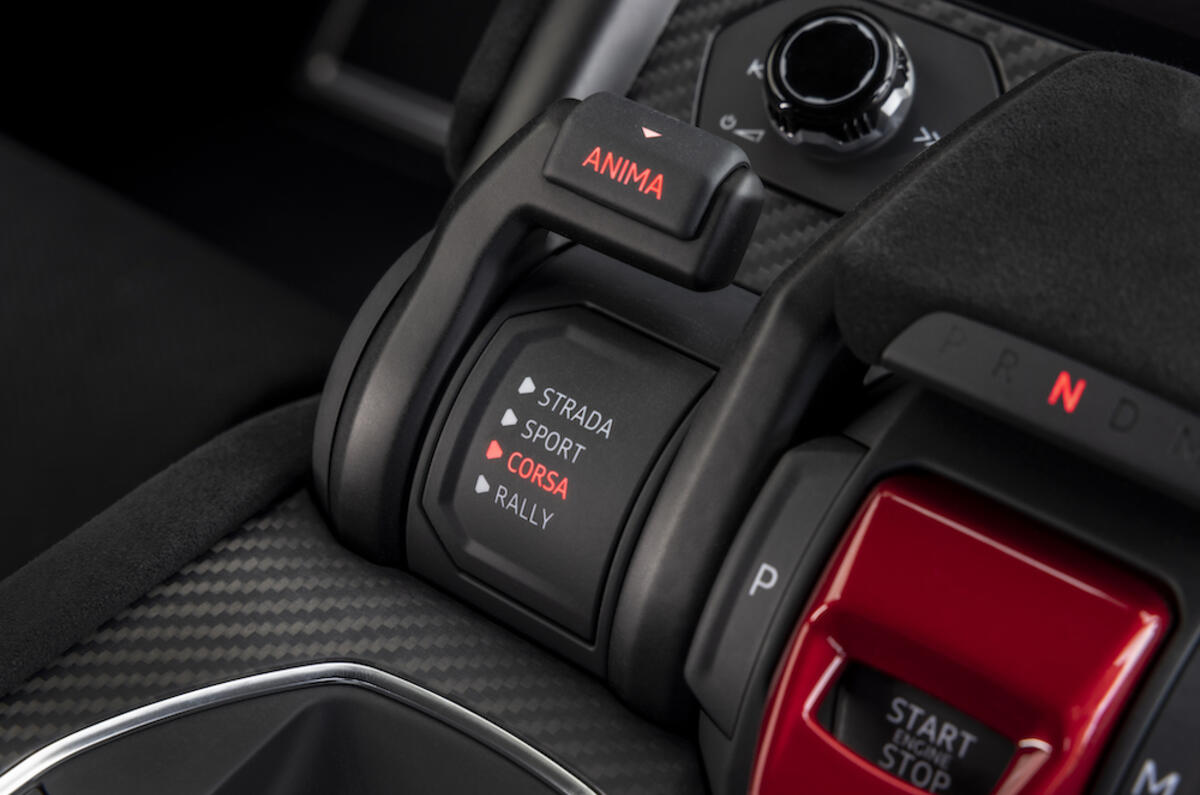
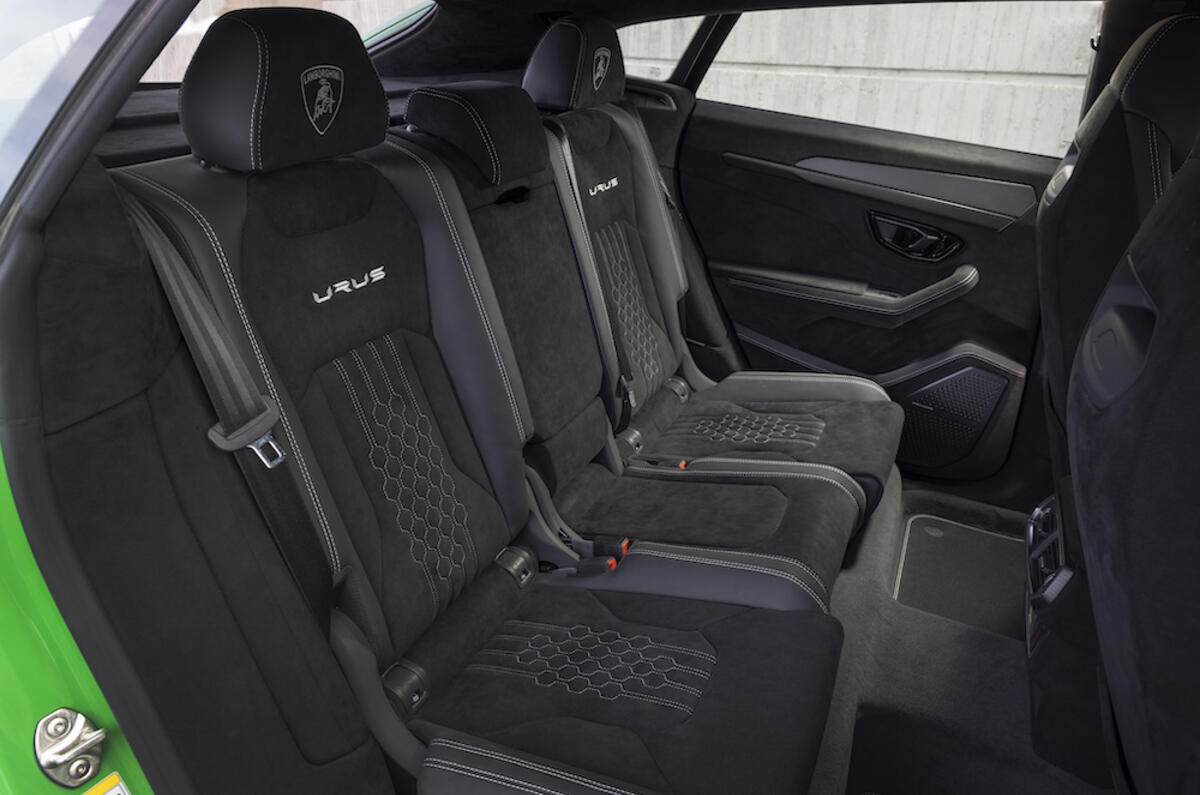
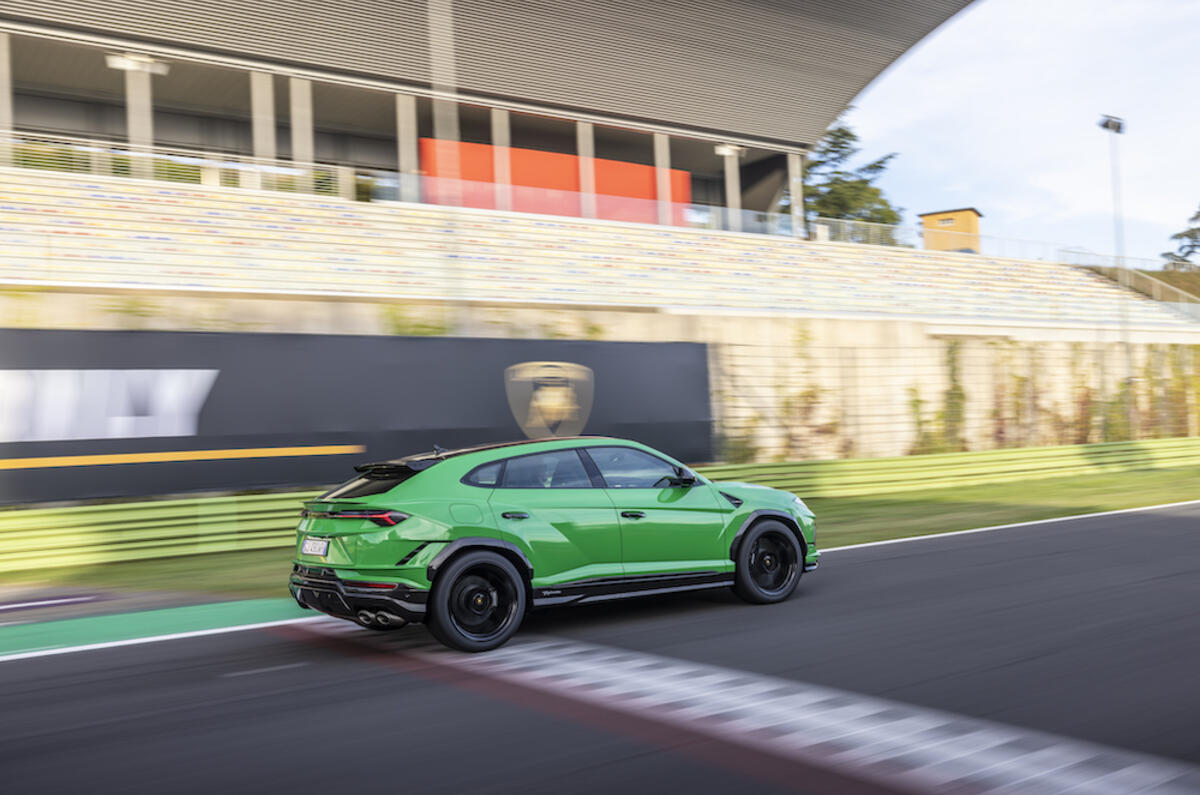


















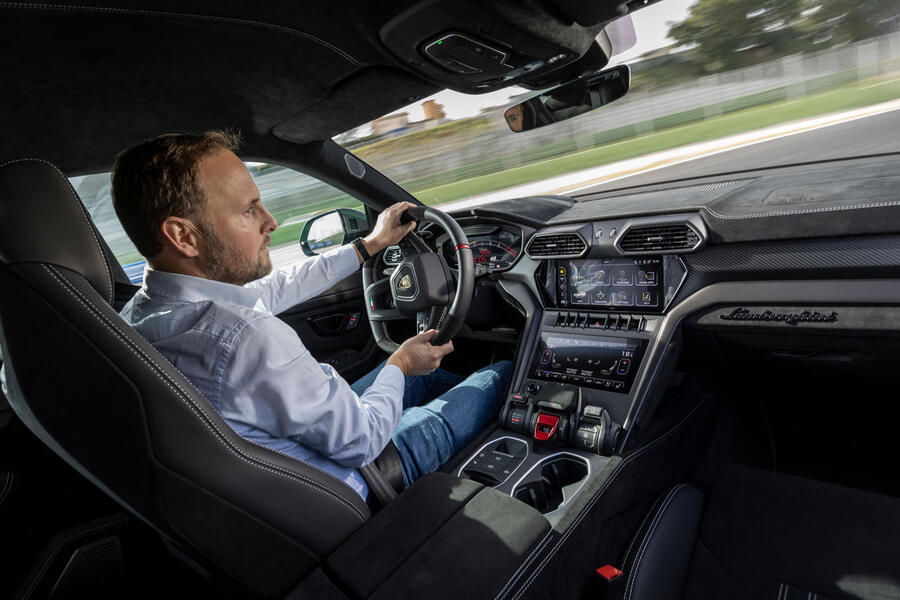
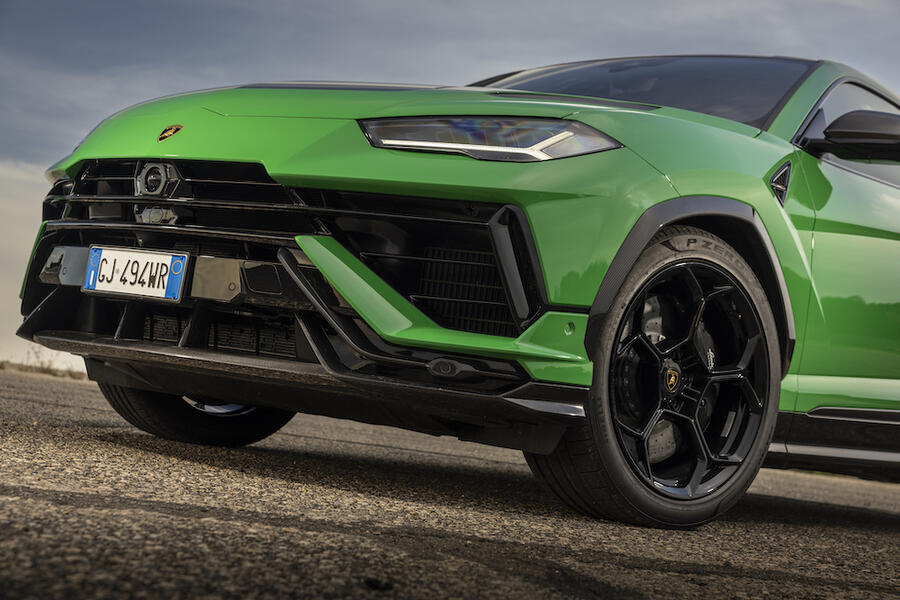

Join the debate
Add your comment
Buy what you like, drive what you like, doesn't matter what others say, as long as it make you smile makes you feel good, that's all that matters.
For rich Civic Type R owners who like disfigurements on their cars disguised as showy details that serve technology, performance etc.
I have owned a Urus for 3 years now and I absolutely love it. From what I understand this is a serious upgrade based on your review but it gets the same starts as the old one...I am confused on how you rate cars and in what areas is the DBX 707 so much better? A little more clarity for the readers and potential buyers would be welcome.